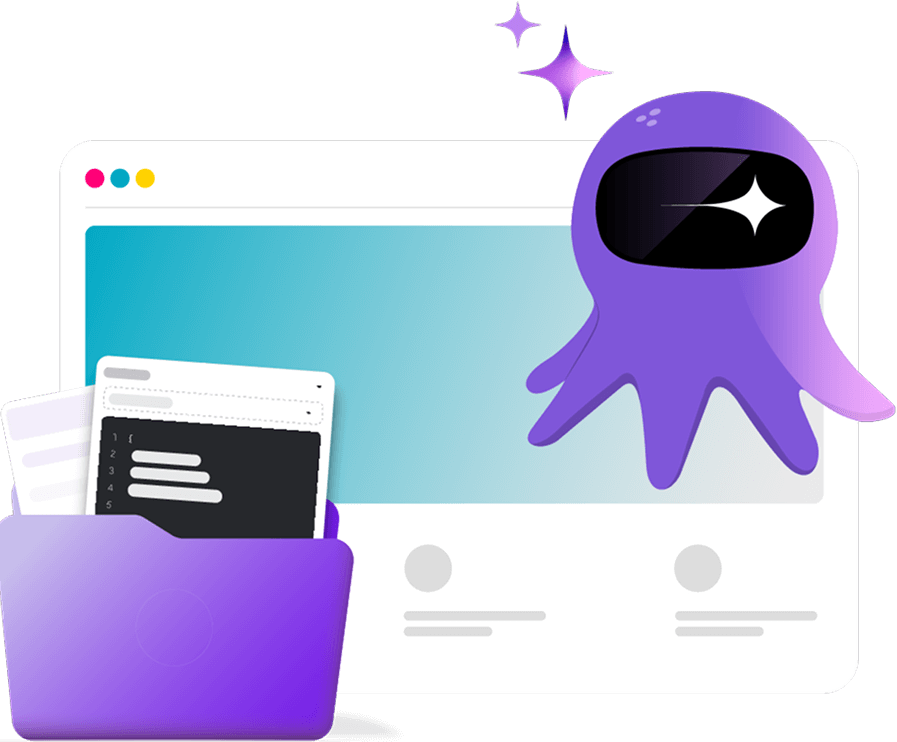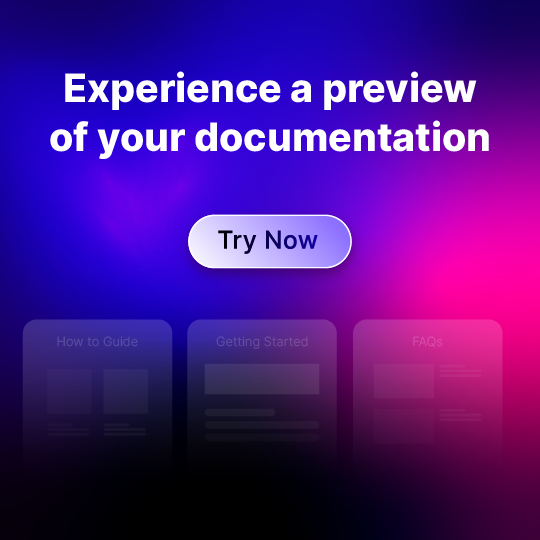In the software development lifecycle (SDLC), one aspect that often gets overlooked is documentation. But with any software system, documentation should be part of your definition of done, and what’s more, should closely align with the architecture and design of your product.
The purpose and intended audience of your documentation should match that of your system’s architecture. It should use the same conventions, methods, languages, and frameworks as your project. In short, the document development lifecycle (DDLC) should align with SDLC.
Not only does this make your documentation more targeted at your users, but it also makes it easier for your technical writers to write documentation that reflects the true nature of your system. Documentation then becomes less of an afterthought and more of an integral part of the development of your software product.
📝 TL;DR: One-Minute Brief
- Several strategies can help align your documentation with your software’s architecture and design.
- These include understanding the purpose of your documentation and identifying users, using diagrams and visuals, and using version-controlled documentation.
- You need to look at the holistic picture of your documentation and how it relates to your architecture and design to produce highly effective documentation that reflects your product and meets the needs of your users.
Why Alignment Between Documentation, Architecture, and Design Matters
The technical architecture and design of your software system should be reflected in the documentation. When you align your documentation with your system, you ensure that it is highly relevant for your users in terms of how they access and use your documentation and the tools they will employ. It gives you an idea of the scope and breadth of your documentation when you understand your users.
As you gather feedback for your software and you develop new requirements, these changes can be mirrored in your documentation to keep pace with your architecture. The overall design of your system is more effectively communicated to your audience when your documentation is aligned rather than relying on generic templates and approaches.
When your technical writers understand the architecture and design of your system, they can use this to produce better, more detailed, and robust documentation that accurately meets the needs of your users. Better documentation means better adoption and engagement with your product, as well as improved internal collaboration and productivity.
Strategies to Align Documentation with Architecture and Design
Discover practical strategies to ensure your documentation evolves in line with your system architecture and design.
Understand the Purpose and Audience of Your Documentation
First of all, you must understand precisely what your documentation is for and who the intended audience is. Insights like these must come from throughout your company, as well as surveys and polls of your users to understand who they are and what their needs are. Sometimes, you may need different types of documentation for different users.
Structure Your Entire Information Architecture
Using information architecture techniques to structure your documentation results in a better user experience. The documentation makes more sense when it has a logical flow and reflects the internal logic of your system’s design and purpose. Organizing, structuring, and labeling your content improves the time it takes to find your content and provides better content for AI search engines.
Use Diagrams & Visuals Effectively
Use the latest AI technology and embedded voice-over to use diagrams and visuals effectively. This visual content helps illustrate the system’s structure, break down complex concepts, and show the interactions and dependencies of your system. For example, you can use flowcharts to represent a typical process and help users troubleshoot common issues.
Create documentation that evolves with your software’s architecture and design. Keep it structured, searchable, and user-focused with Document360.
GET STARTED
Follow Standards & Project Conventions
Using standards and conventions in your projects means they should be followed in your documentation as well. Keeping your documentation closely aligned with the system and architecture means using the same standards to guide your documentation and ensure it follows the same logic as your system.
Follow Brand Guidelines
Brand guidelines should be followed in all aspects of your documentation, meaning that you should use standard fonts and colors across your documentation to demonstrate that your content is part of your brand. Use the right knowledge base software to brand the documentation and ensure it is a consistent part of the whole experience of your product.
Use Version-Controlled Documentation

In line with a changing system that continuously develops according to feedback and a roadmap, your documentation must also evolve alongside the architecture and design. Using a version-controlled documentation tool that offers a changelog means you can capture the history of your documentation and revert if necessary.
How Will It Help in Improving AI Search Results?
If the structure of your content reflects the architecture and design of your system, the content structure is highly beneficial in improving AI search results. AI learns best from structured content, with cues such as FAQs and tags. These help the AI understand the content and return results that are contextually relevant.
Aligning documentation with architecture and design goes hand-in-hand with AI-driven search, vastly improving the user experience for users searching for content in your knowledge base. Content that is closely matched with your system returns better results and offers a better learning experience for your users.
Documentation that is as contextually rich is better read by AI search engines, connecting users with content that gives insight into your system architecture and design, reducing tickets to your support team.
Conclusion
Aligning your documentation with your software architecture and design results in better overall documentation that evolves in a way compatible with your product and remains applicable to your users. We’ve talked about understanding the purpose of your documentation, using version-controlled documentation, and using diagrams and visuals to improve the documentation and make it more relevant.
As your architecture and design changes, so should your documentation. This is why it’s essential to use a knowledge base tool to write, edit, and share your documentation so it can be accessible to anyone who needs it. Documentation is the window into your product and should reflect the architectural choices you have made in the design of your system.





 –
– 

